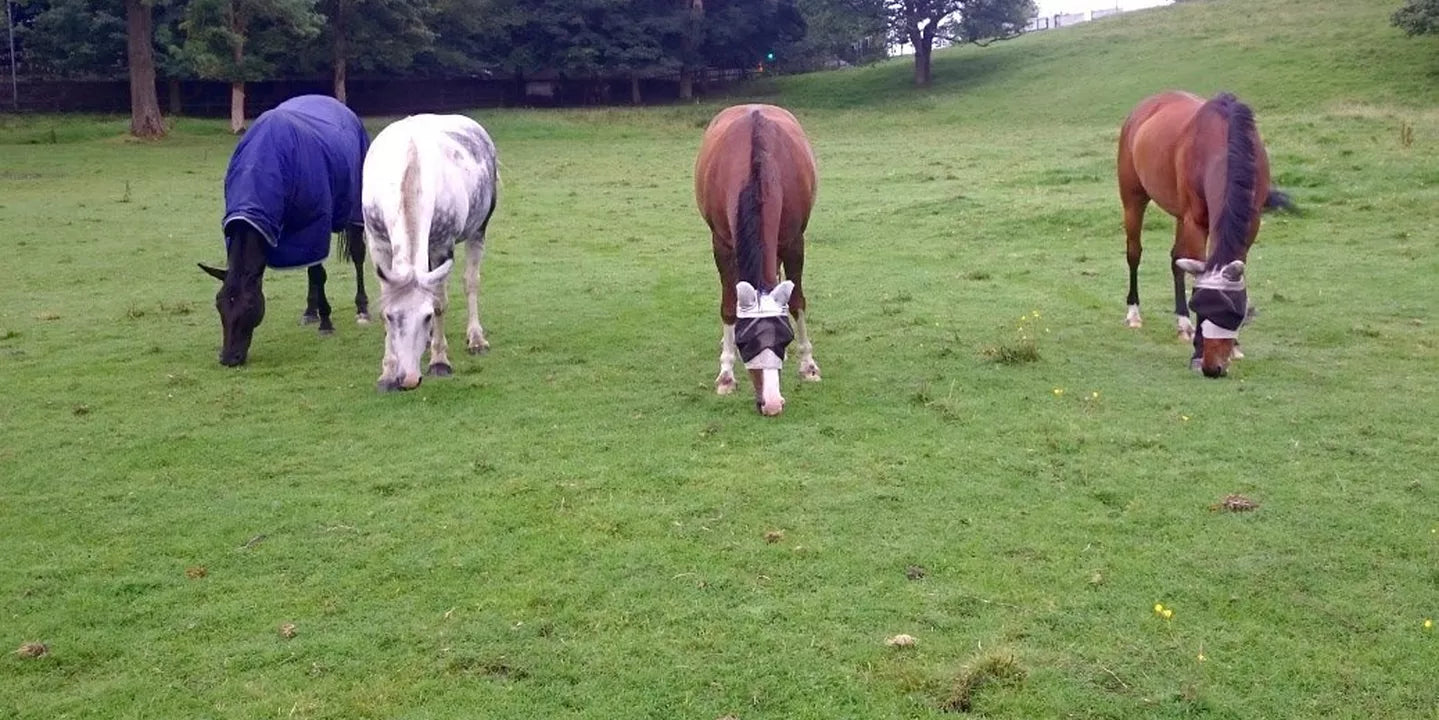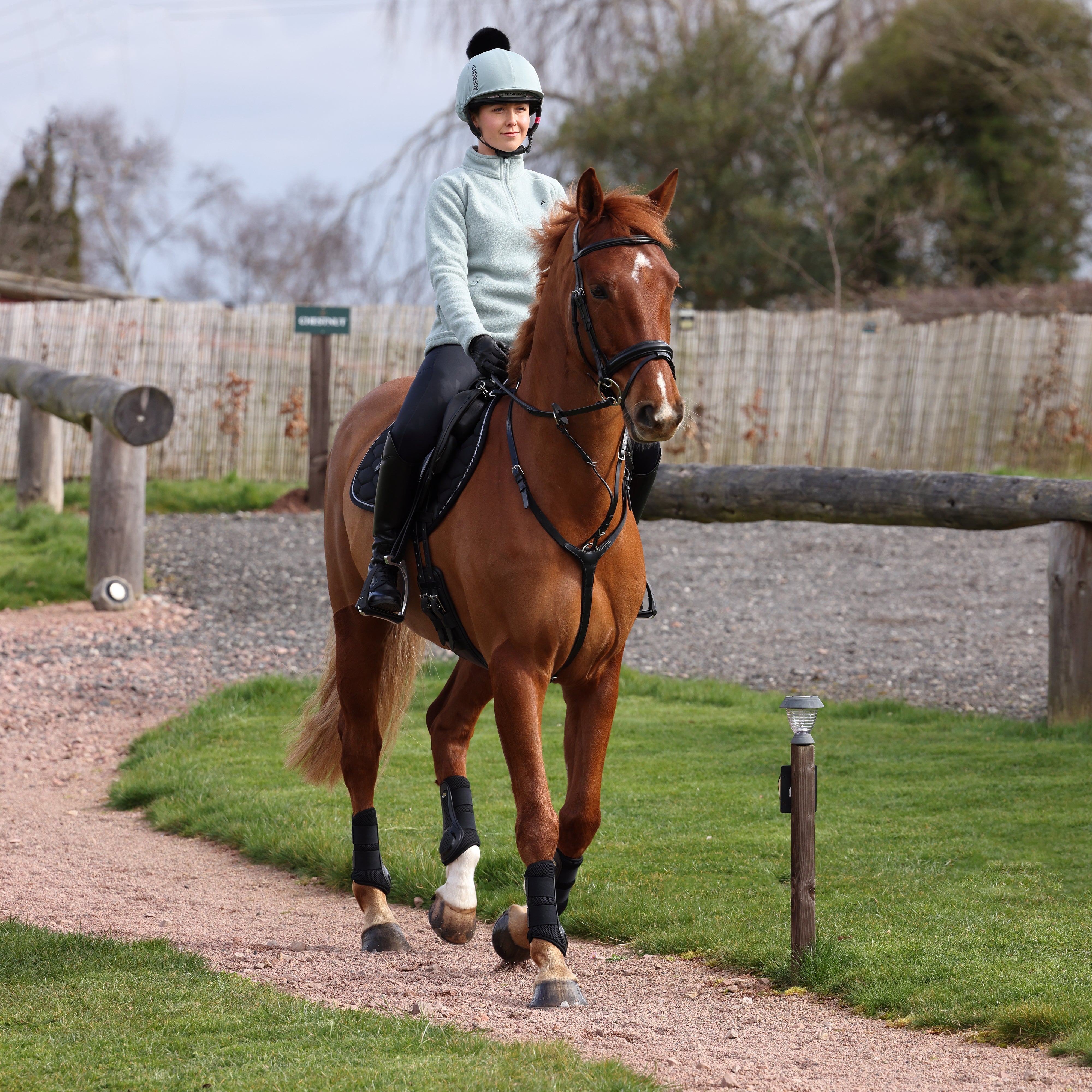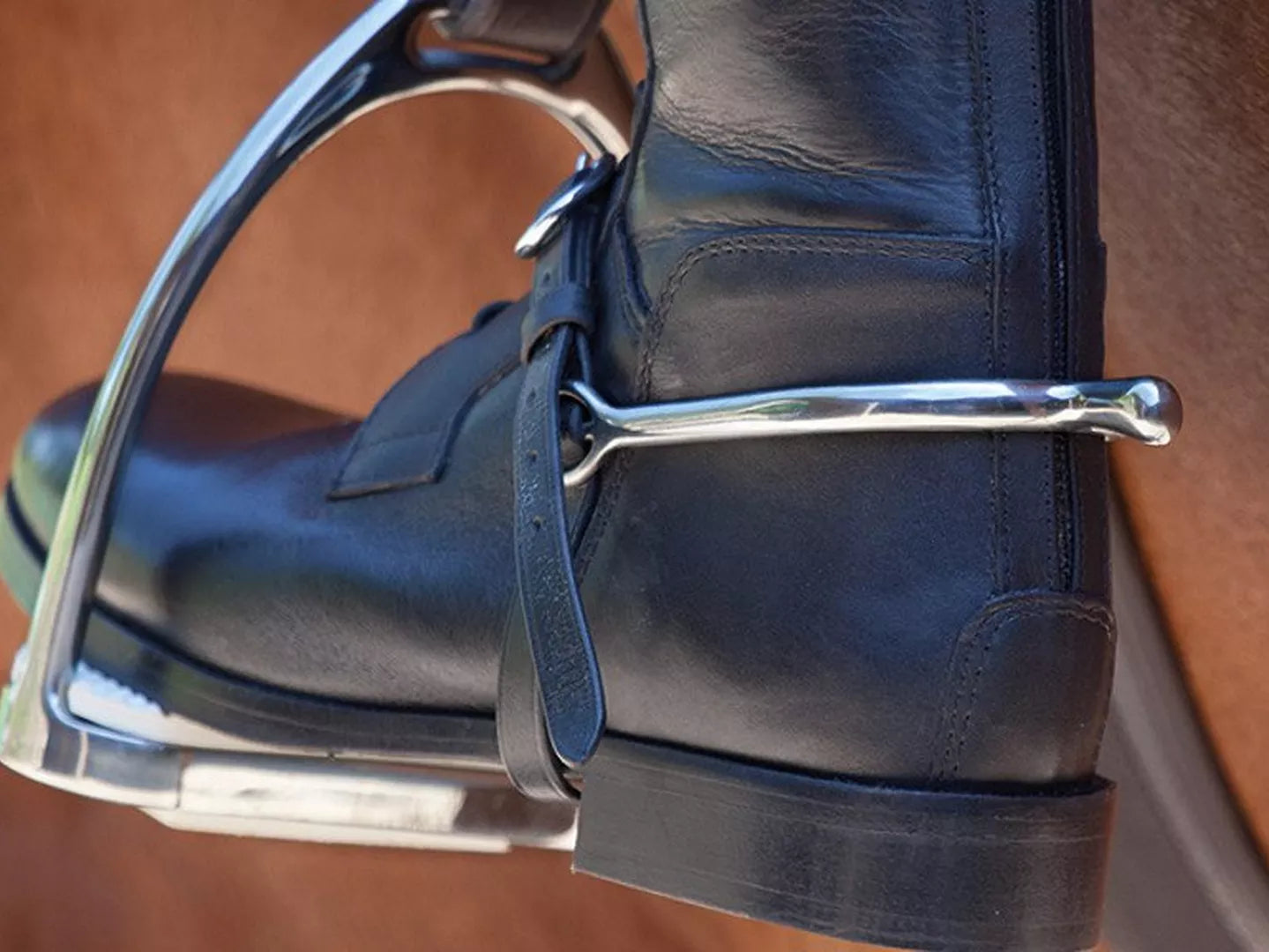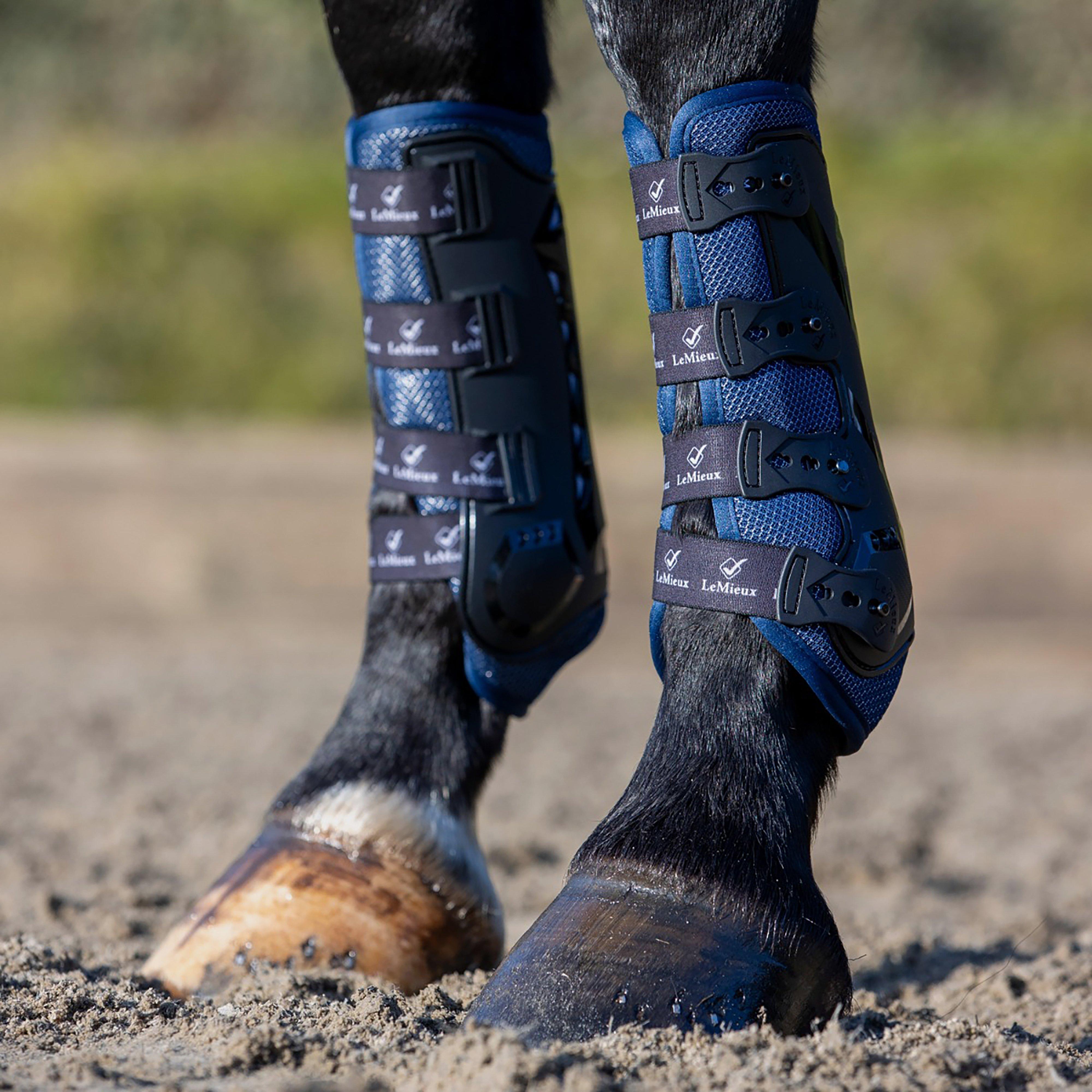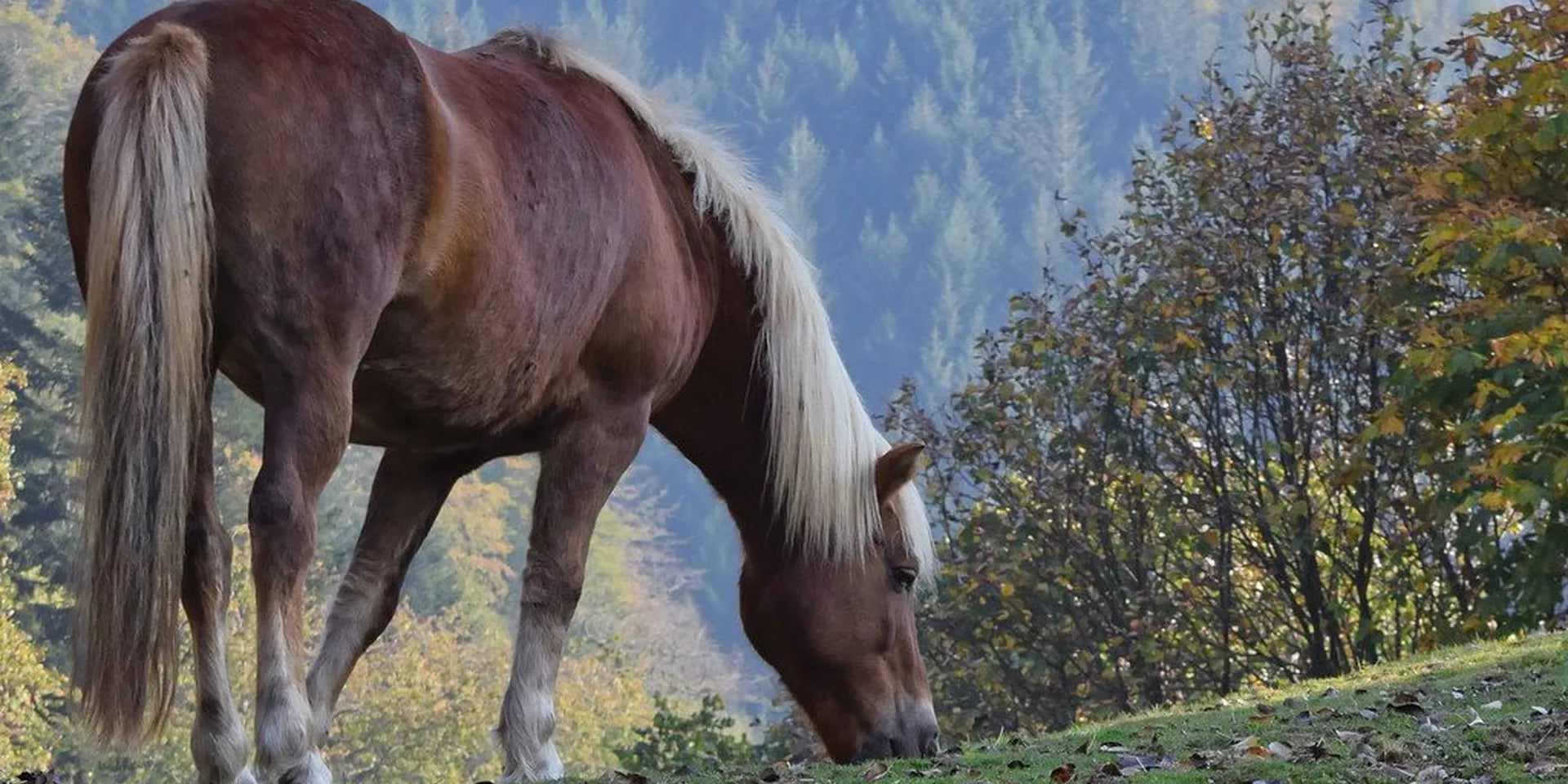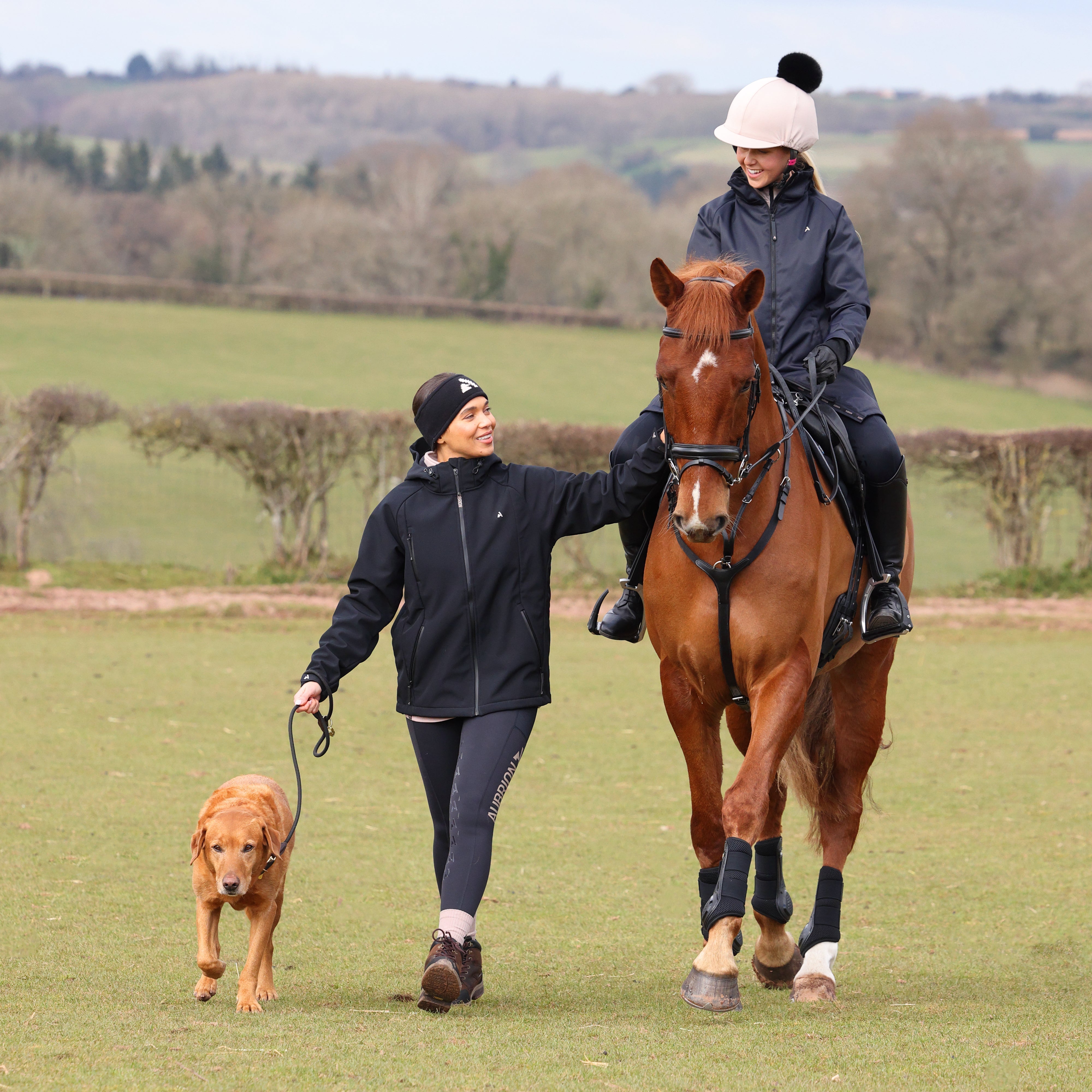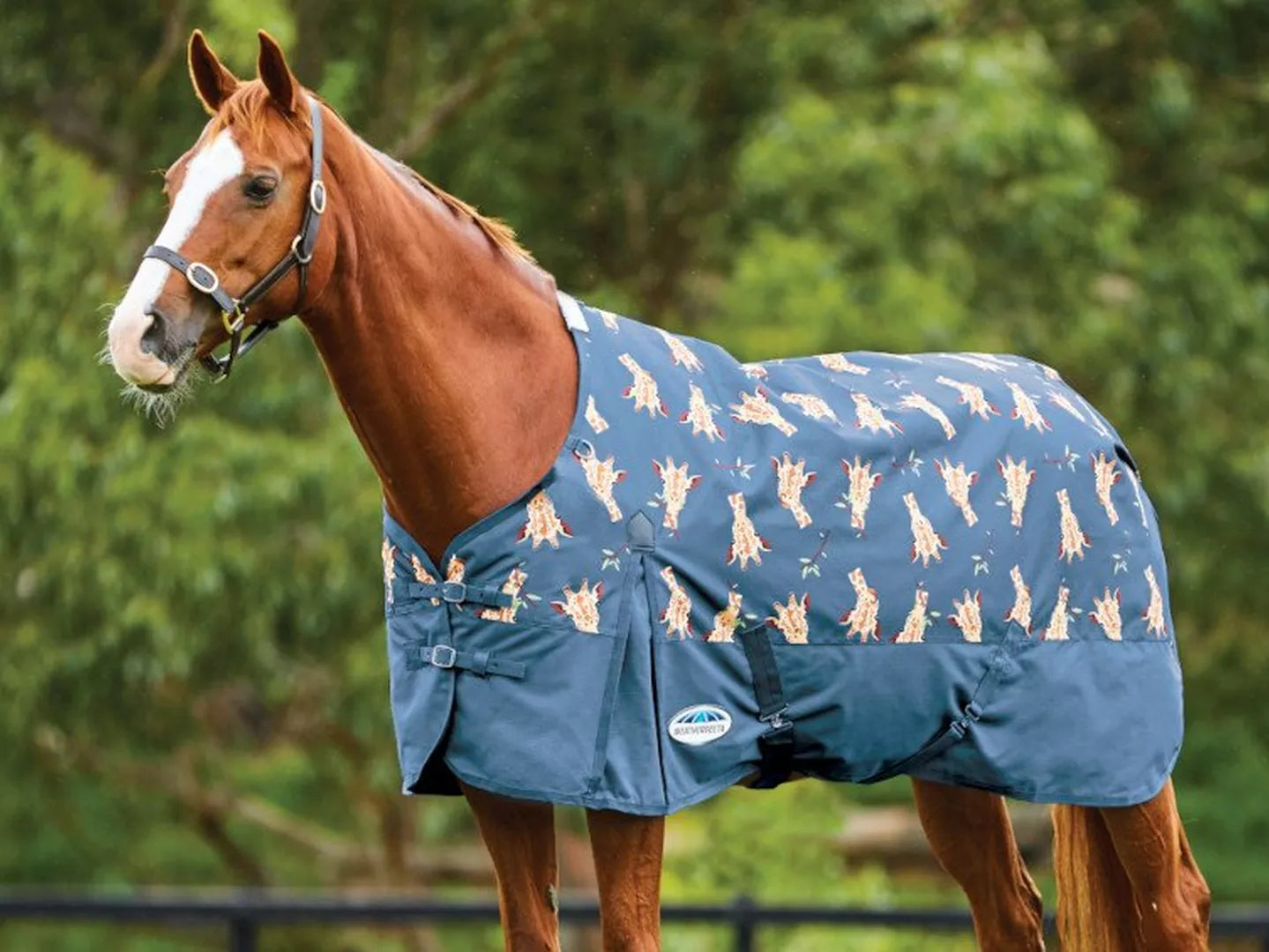Laminitis is a painful and debilitating condition which involves the sensitive laminae that attach the pedal bone to the hoof capsule within the horse/pony.
This is an extremely common ailment that affects many horses in the UK - and can be a potentially lethal diagnosis. It is therefore imperative that you can recognise the signs and symptoms before the condition worsens.
What is Laminitis?

The hoof wall is lined by a network of sensitive tissues termed ‘laminae’. Laminae is the only means of support of the pedal bone inside the capsule. These have a constant flow of blood, and are responsible for the majority of weight bearing processes.
When a horse/pony contracts laminitis, the blood flow to the laminae is reduced which results in inflammation and swelling of the tissues. This can cause excruciating pain, depending on the severity or type of laminitis incurred.
Did you know… Laminitis can affect the horse for the rest of their life?
In a mild case of laminitis, a horse may become footsore and experience discomfort. In a severe case, the pedal bone can sink and rotate due to the inability of the damaged laminae to support the bone (known as ‘founder’). This action, combined with the pulling of the bone from the deep digital flexor tendon, can cause the pedal bone to actually protrude from the sole of the hoof. A horse with this scale of laminitis is known as a ‘sinker’; which can be an irreversible and fatal outcome.
Any horse, pony or even donkey can be affected by laminitis, either chronically or acutely, usually in the front feet. However it can is some cases affect any/all hooves.
Recognising the Signs and Symptoms of Laminitis
To prevent or reduce the risk of laminitis getting worse, if you spot any of the below signs we suggest seeking advice from your vet immediately.

Mild laminitis
- Increased digital pulse- a pulse found by applying pressure to the left side of the horse’s fetlock at the lower edge (ask vet if unsure)
- Stretched white line of hoof
- Shortening of strides
- “Pottery” on hard or stony ground
- Hoof rings

Moderate laminitis
- Unwillingness to walk or pick up feet
- Visibly lame especially when moving on a circle or on a hard surface
- Changed hoof angle
- Shifting weight from foot to foot
- Strong digital pulse
- Slightly increased heart and respiration rate to the norm
- Abnormal stance- possibly leaning back on hind feet to relieve pressure on front feet

Severe laminitis
- Total refusal to move or pick up feet
- Lying down displaying an unwillingness to get up
- Symptoms similar to colic- sweating, high heart/respiration rate
- Uneven distribution of weight on their hooves
Chronic Vs Acute
For those suffering acute laminitis, symptoms generally come on very suddenly and are severe. Acute attacks may make the horse more susceptible to laminitis in the future.Those with chronic laminitis will show signs of ongoing symptoms that are usually because of a previous ‘acute’ attack. A horse’s hoof may have rings around the hoof wall. This typically indicates experiencing laminitis previously.
Risk Factors and Causes of Laminitis
High Starch Diets
Horses are natural hind-gut fermenters which means that they digest carbohydrates through the use of bacteria in their digestive tract. Any high starch diet can cause rapid hindgut fermentation, which is the overloading of the tract with sugars which results in large amounts of lactic acid being released. This acidic environment in the gut can kill the healthy bacteria living in the gut, leading a chain reaction which can trigger laminitis.
Pasture
Grass is an important factor in the contraction of laminitis- a survey in the UK shows that 61% of laminitis cases occur in animals at pasture. It is the first factor that many owners worry about, but contrary to common knowledge; it is not just the quantity of grass that is important in the development of laminitis. Many horses now graze on pasture which was once used for cattle, which may have been heavily fertilised and thus unsuitable for horses and ponies.
Eating too much sugary grass can be a massive risk factor for laminitis at the typical time of spring. However, owners not realising the risk factor for laminitis in autumn or possibly winter (times of frost) is highly common.
Poor pasture can also have a contributing factor to laminitis, such as grass which is stressed (i.e.overgrazed or after an overnight frost). As it can contain high levels of ‘fructan’ – another form of starch. This helps to explain the cases of laminitis seen in horses and ponies kept on ‘starvation’ paddocks or turned out in cold or frosty weather.
Overweight horses and ponies
Overweight horses are common in the UK, as many owners often overfeed their horse/ponies due to various influences. For example; show judges, peer pressure and being too generous with feed/treats. Obesity is risk factor for laminitis. This is because fat, particularly in the stomach area, is hormonally active. Obese horses means they are putting more strain on their hooves from carrying the weight.
Read our blog - Weight and Body Scoring - to find out how to check your horse is at it's correct and best weight.
Pre-existing conditions such as Cushings Disease and Equine Metabolic Syndrome (EMS)

Cushings Disease is a condition associated with an abnormality in the pituitary gland in the horse. Many horses with Cushings do end up suffering from laminitis. EMS is a disorder in which horses (particularly ponies) have an unusual insulin response to the sugars in grass, which can again be a risk factor for laminitis. Both conditions are commonly seen in overweight horses, which both go hand-in-hand to increasing the risk of laminitis.
Stress
Such as when travelling, when separated from the herd for long periods of time or in foal.
Concussion of the Hooves
Fast or prolonged work on hard surfaces can also lead to chronic or recurring bouts of laminitis, such as jumping ponies in summer, racehorses on firm ground and improper shoeing.
By quickly identifying the warning signs, the horse may be treated quickly and efficiently by a vet before they progressively worsen. To discover the treatment and prevention, read Part 2 of this blog series.
Have you spotted the signs of laminitis in your horse or pony? What were the first symptoms your horse experienced, and how have you coped with it since?
Additional Reading and Helpful Guides:
Images courtesy of:
